How To Grow Deciduous Azaleas For Stunning Spring Blooms
Choosing the right location
The first step to growing deciduous azaleas is choosing the right location. Azaleas prefer to grow in partial shade. Too much sun can scorch their leaves, while too much shade will prevent them from blooming.
The ideal location for azaleas is a spot that receives morning sun and afternoon shade. If you live in a hot climate, you may need to provide your azaleas with more shade.
The soil in the planting location should be well-drained and acidic. Azaleas do not tolerate alkaline soils. If your soil is alkaline, you will need to amend it with peat moss or sulfur.
Preparing the soil
Before planting your azaleas, you will need to prepare the soil. The soil should be loose and friable so that the roots can easily spread. You can loosen the soil by digging it up to a depth of 12 inches.
You should also add some organic matter to the soil. This will help to improve drainage and acidity. You can add peat moss, compost, or leaf mold to the soil.
Planting your azaleas
Once the soil is prepared, you can plant your azaleas. Dig a hole that is twice as wide as the root ball of the azalea. Place the azalea in the hole and backfill with soil.
Water the azalea well after planting. You should water your azaleas deeply and regularly, especially during the first year after planting.
Watering and fertilizing
Deciduous azaleas need regular watering. The soil should be kept moist, but not soggy. Water your azaleas deeply once a week, or more often if the weather is hot and dry.
You should also fertilize your azaleas in the spring. Use a fertilizer that is specifically designed for azaleas. Follow the directions on the fertilizer label.
Pruning
Deciduous azaleas do not need to be pruned heavily. However, you should remove dead, diseased, or damaged branches. You can also prune your azaleas to shape them.
The best time to prune azaleas is in the late winter or early spring.
Pests and diseases
Deciduous azaleas are susceptible to a few pests and diseases. The most common pests are scale insects, aphids, and spider mites. The most common diseases are leaf spot and azalea rust.
If you notice any pests or diseases on your azaleas, you should treat them immediately. There are a number of commercial products available to treat pests and diseases.
Deciduous azaleas are a beautiful addition to any garden, and they come in a wide variety of colors. If you're interested in learning more about these amazing plants, I encourage you to visit Garden Wiki. This website has a wealth of information about deciduous azaleas, including their history, care, and cultivation.
FAQ of deciduous azaleas
- What are deciduous azaleas?
Deciduous azaleas are a type of azalea that loses its leaves in the winter and grows them back in the spring. They are typically smaller than evergreen azaleas, and they have a wider variety of flower colors.
- How do I care for deciduous azaleas?
Deciduous azaleas prefer acidic soil that is moist but not soggy. They should be planted in full sun or part shade. Water them regularly, especially during the growing season. Fertilize them once a year in the spring with a fertilizer that is specifically formulated for azaleas.
- How do I propagate deciduous azaleas?
Deciduous azaleas can be propagated by taking cuttings in the spring or summer. Choose a healthy stem that is about 4 inches long. Remove the leaves from the bottom half of the stem, and dip the end in rooting hormone. Plant the cutting in a pot of potting mix that is kept moist. The cutting should root in about 6 weeks.
- What are some common problems with deciduous azaleas?
Deciduous azaleas are susceptible to a number of problems, including:
* Leaf spot: This is a fungal disease that causes brown spots on the leaves. It can be treated with a fungicide.
* Pests: Deciduous azaleas can be attacked by a number of pests, including aphids, scale insects, and Japanese beetles. These pests can be controlled with insecticidal soap or neem oil.
* Winter damage: Deciduous azaleas can be damaged by cold weather. If you live in an area with cold winters, you may need to protect your plants with a burlap wrap or a cold frame.
- Where can I buy deciduous azaleas?
Deciduous azaleas are available at most garden centers. You can also find them online.
Image of deciduous azaleas
10 different images of deciduous azaleas that are free to use:
This azalea is known for its delicate, airy flowers that bloom in shades of pink, white, and lavender. It is a small shrub, growing to only about 3 feet tall, making it a good choice for borders or rock gardens.
This azalea is native to the southeastern United States and is known for its bright orange-red flowers. It is a larger shrub, growing to 6 feet tall, and is hardy in USDA zones 5-8.
This azalea is known for its large, double flowers that bloom in shades of pink and white. It is a medium-sized shrub, growing to 4-5 feet tall, and is hardy in USDA zones 5-8.
This azalea is known for its tri-colored flowers that bloom in shades of pink, white, and yellow. It is a small shrub, growing to 3-4 feet tall, and is hardy in USDA zones 5-8.
This azalea is known for its bright pink flowers that bloom in early spring. It is a small shrub, growing to 3 feet tall, and is hardy in USDA zones 5-8.
This azalea is known for its pure white flowers that bloom in early spring. It is a small shrub, growing to 3 feet tall, and is hardy in USDA zones 5-8.
This azalea is known for its peach-colored flowers that bloom in early spring. It is a small shrub, growing to 3 feet tall, and is hardy in USDA zones 5-8.
This azalea is known for its bright scarlet flowers that bloom in early spring. It is a small shrub, growing to 3 feet tall, and is hardy in USDA zones 5-8.
This azalea is known for its vibrant bicolor flowers that bloom in shades of pink and purple. It is a medium-sized shrub, growing to 4-5 feet tall, and is hardy in USDA zones 5-8.
This azalea is known for its coral-colored flowers that bloom in early spring. It is a small shrub, growing to 3 feet tall, and is hardy in USDA zones 5-8.
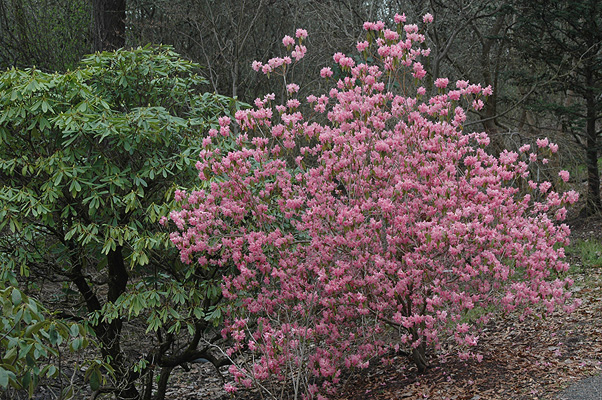
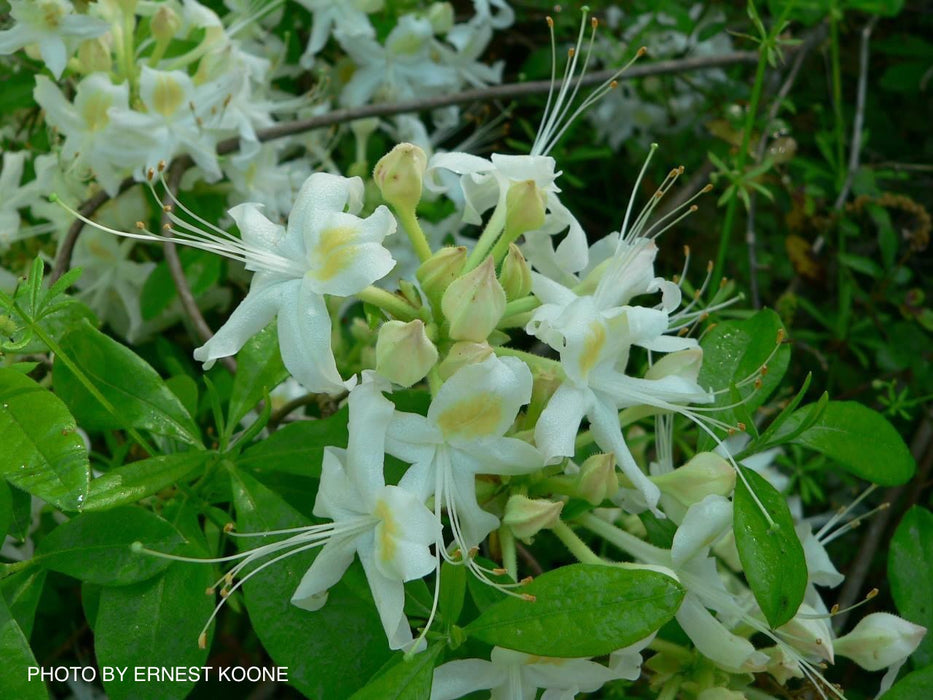
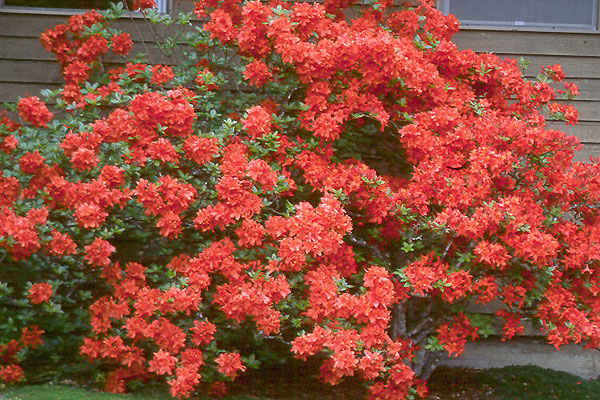
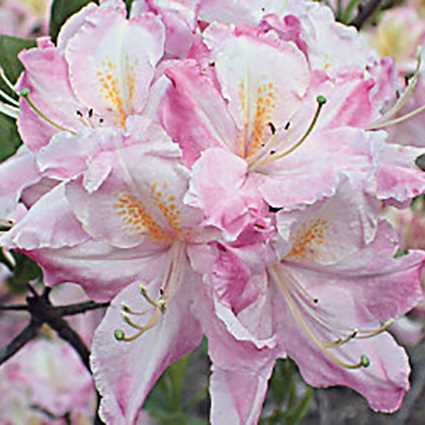


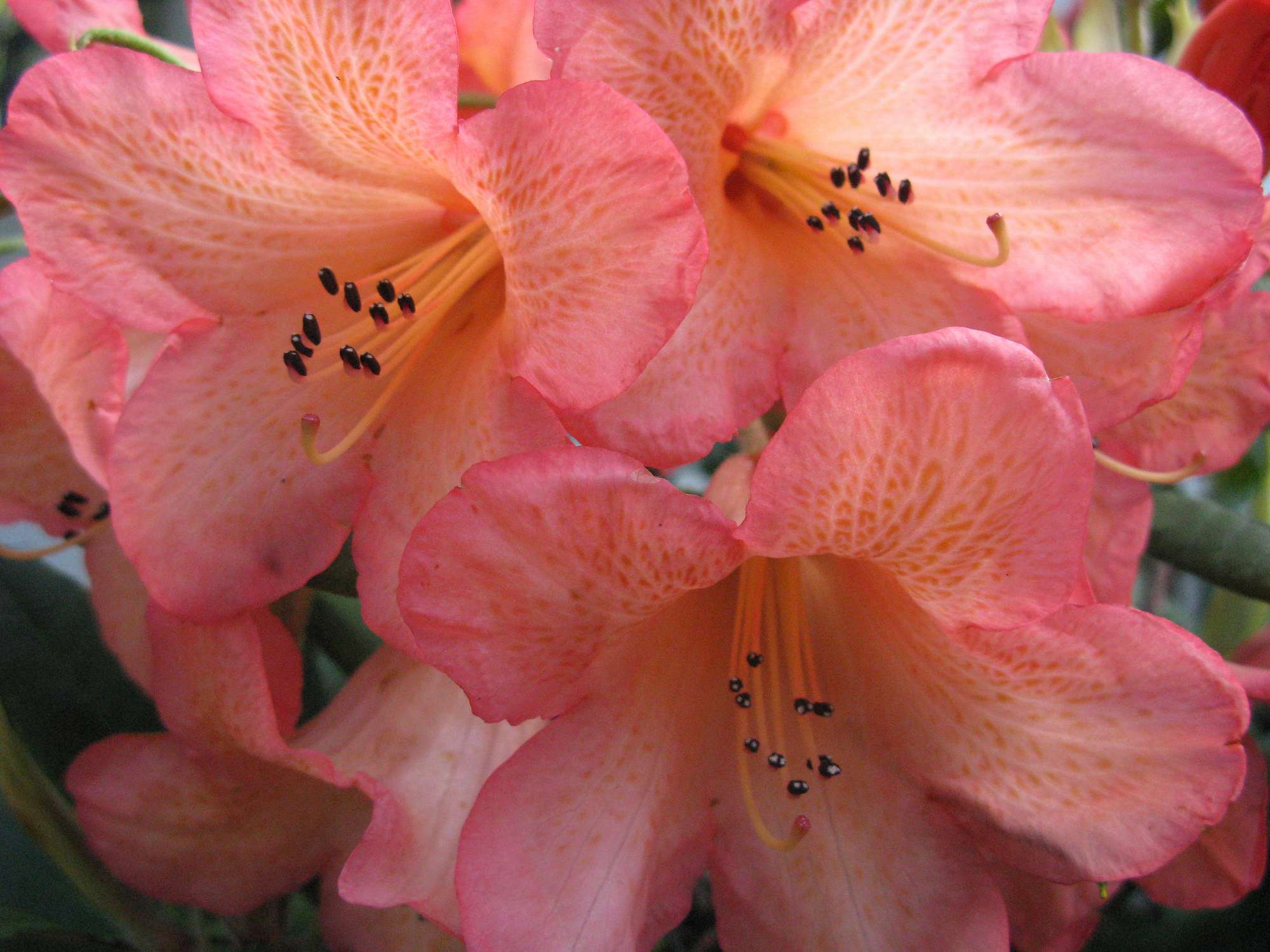

Post a Comment for "How To Grow Deciduous Azaleas For Stunning Spring Blooms"